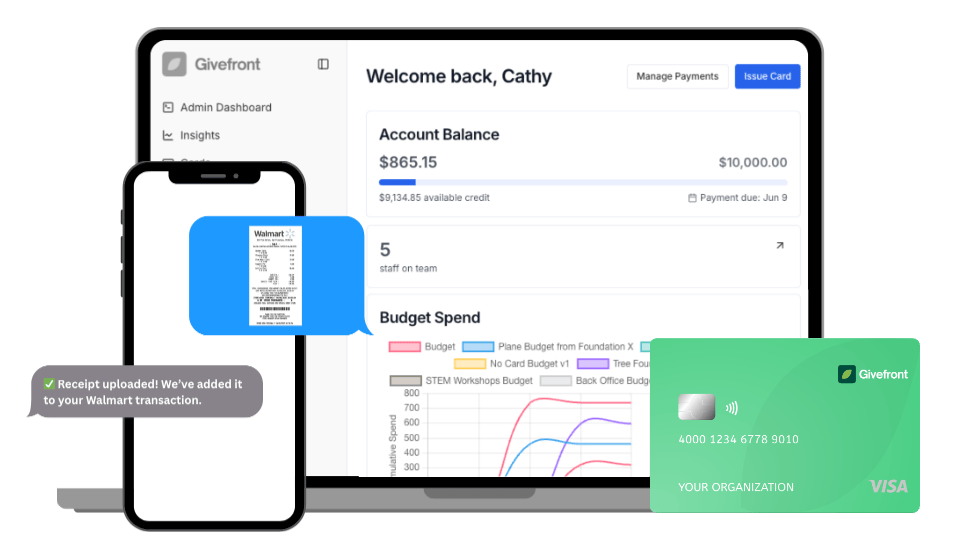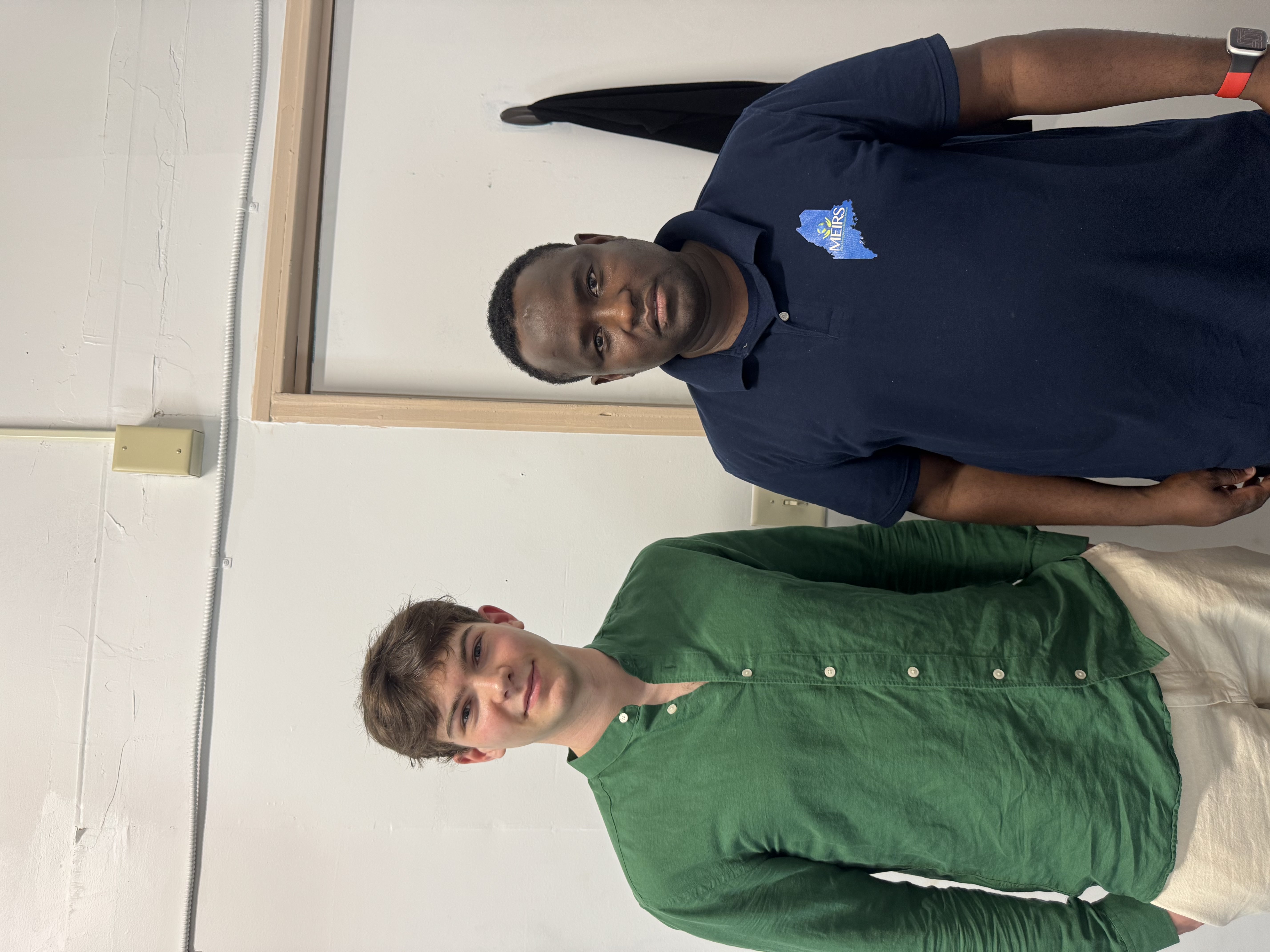
“I’ve already told some of my friends to check it out. It’s a great tool to manage expenses. And for small nonprofits, having a cushion to spend now and document everything with receipts—it’s something every nonprofit should have.“
Rilwan Osman
Executive Director of MEIRS
About the Organization
Location:
Lewiston, ME
Team Size:
13 Staff Members
Primary use cases:
Virtual cards, Receipt capture, Department-level budgets
Outcome:
Saved time, simplified audits, helped them keep on track with rembursable grants
The Problem
Delayed reimbursements and manual processes created pressure for a small but growing nonprofit.
Maine Immigrant and Refugee Services (MEIRS), based in Lewiston, is driven by a simple but powerful mission: to educate and empower immigrant and refugee youth and their families. The organization offers services ranging from mental health support and immigration help to food distribution and youth programs. “We’re a need-based organization,” says Executive Director Rilwan Osman. “People come from all over the region to receive services.”
But behind the scenes, MEIRS was facing a common challenge for mission-focused nonprofits: managing a reimbursement-based funding model with limited staff and tools.
“Most of our work is reimbursement-based,” explains Rilwan. “So whatever we do in July, we won’t get paid until the end of August. That delay is hard for a small nonprofit like ours.” On top of that, keeping track of expenses, collecting receipts, and reconciling manually in their accounting system was eating up time. “We used to rely on our bank card. If a staff member bought something, they’d have to scan and file the receipt. It was all manual.”
Even though MEIRS had an accounting system in place, staying audit-ready across multiple departments and programs remained an uphill climb.
The Solution
A single platform to capture receipts, streamline reconciliation, and introduce real-time spend controls.

Partnering with Givefront helped MEIRS centralize financial operations, bring transparency to departmental spending, and reduce the friction of audits and approvals.
“What makes Givefront easier is being able to just take a picture of a receipt and send it,” says Rilwan. “It goes automatically into our accounting system, which makes reconciling a lot easier—no more scanning or filing.”
Givefront’s virtual cards and real-time expense capture also let Rilwan and his team phase out their reliance on traditional debit cards. “Now we’re using Givefront so we can have a tracking system. If a staff member buys something for the office, they just send the receipt and it goes straight into the system.”
As MEIRS expands its programming, the organization is also using Givefront to plan for more granular budget tracking. “My goal for the next fiscal year is for each department to have its own card,” says Rilwan. “I also like the budget feature—being able to assign a budget to each department so they know how much they have for supplies and such.”
Onboarding has been smooth for the MEIRS team. “Some of my staff are still learning the system, but it’s been worth it—everyone’s loving it.”
The Results
More time, less stress, and newfound flexibility while waiting on reimbursements.
With Givefront, MEIRS has been able to reduce time spent on expense management and create a buffer during reimbursement delays.
“I’d say the greatest benefit has been time,” says Rilwan. “And also, having a cushion while waiting for reimbursement. It gives us the flexibility to spend now and settle when funding comes in.”
Rilwan has already recommended the platform to his peers. “It’s a great tool to manage expenses,” he says. “For small nonprofits, having a cushion to spend now and document everything with receipts—it’s something every nonprofit should have.”
Looking ahead, Rilwan is excited to keep growing with Givefront. “We’re definitely willing to stay and see what’s available,” he adds. “It’s a good card. It’s a good tool to have.”

.png)















.png)

.png)